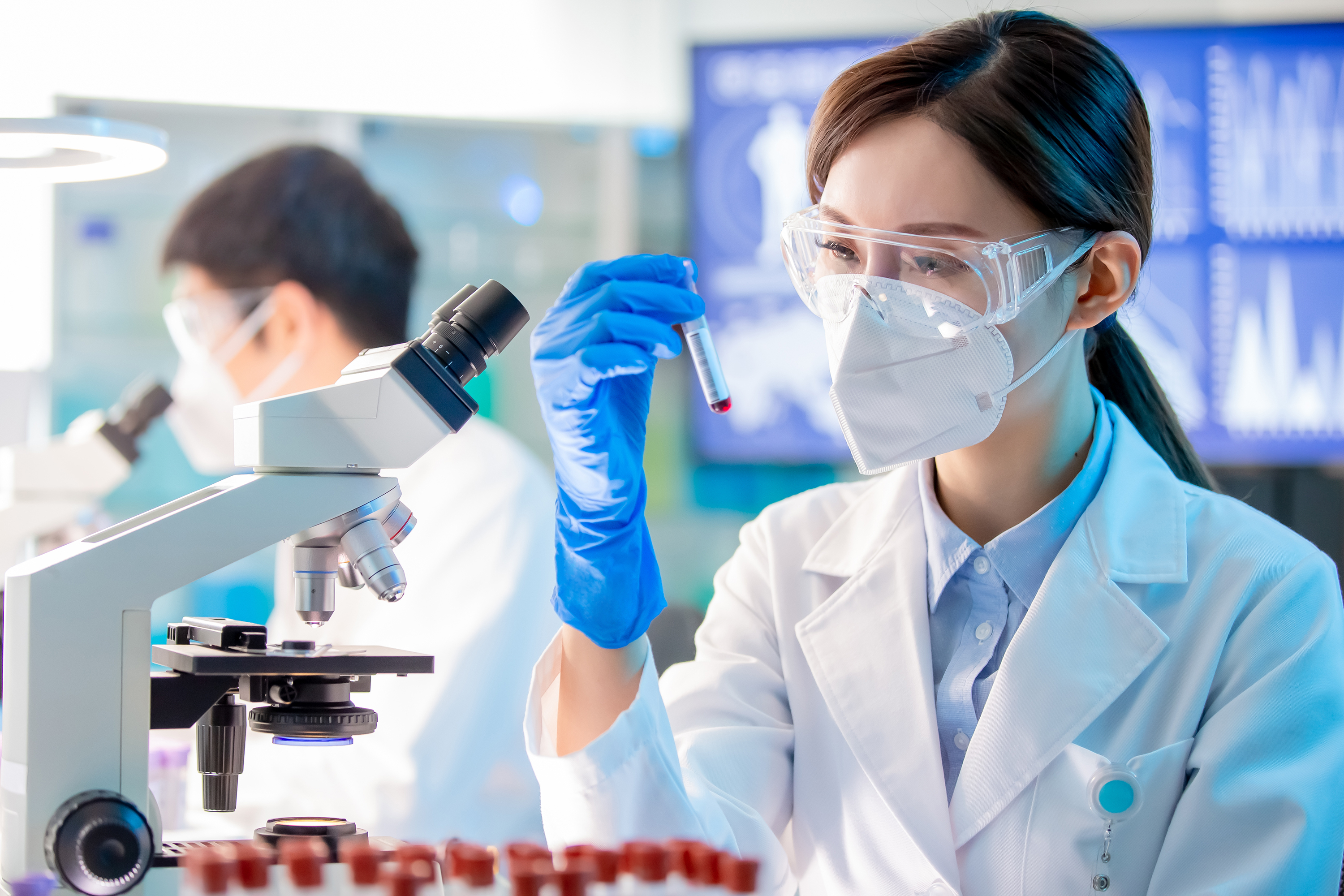How EHA proved the value of adaptability

This article originally appeared on LinkedIn on June 25, 2020.
Adapt to survive. It’s a common adage that, for the healthcare industry, has become more relevant than ever. The major challenges caused by the COVID-19 pandemic have required health systems to innovate, accelerate and adjust like never before, requiring everyone to become accustomed to a new and very different environment.
Yet recent months have shown how adaptable the world can be in the face of adversity, and this month’s European Hematology Association (EHA) annual congress was a great example of this. With barely two months’ notice, it had to pivot from a huge physical event to an all-virtual one. So, the first thing to say is congratulations to the organizers, and everyone else involved in the mammoth effort to make EHA a reality this year!
The result was a congress that did far more than just function – it flourished. From a Janssen point of view, I’m delighted we had such an effective platform to discuss our progress in areas like multiple myeloma and B-cell malignancy management, as well as showcase new, exciting developments in light chain (AL) amyloidosis.
Of course, there were some aspects that could not be replicated. My own role at EHA often involves a lot of what I call the ‘side life’ of the event: for example, meeting with key stakeholders to discuss what the latest data means to them, and how partnerships and collaborations might be convened moving forwards. I missed these personal, face-to-face interactions with people, and though I was thankfully able to continue these valuable conversations over a digital forum instead, doing so was an unusual experience to say the least!
Yet, despite this, for me the virtual format came with a number of upsides. First, there were the very practical benefits, like no travelling time and not finding myself sat at the back of a large congress room, squinting to see the screen from a distance.
But just as importantly, ‘attending’ from home provided more breathing space to really focus on the content. Like most people, my days at previous EHAs usually start with the first session at 7am and finish at 7pm. It’s pretty exhausting and can sometimes make it difficult to digest everything that you’re seeing. This year, however, every session and presentation was available on demand, which meant I could arrange each day around my existing schedule, then catch up with anything I’d missed at a more convenient time.
The other aspect of this year’s event that I really enjoyed was the creative use of virtual platforms including, I’m proud to say, by Janssen. The media are a vital channel for communicating with healthcare professionals, peers and other stakeholders, and given that we couldn’t meet with them to discuss our latest treatment developments in person, we instead created a virtual media event. Journalists from across the EMEA region heard from Professor Giovanni Palladini on the latest developments in the treatment of AL amyloidosis, my colleague Mircea Cubillos on our work in the haematology space, and myself on the latest Janssen data presented at EHA. The event was also my first experience of sharing a virtual reality experience with media, allowing journalists to take a journey inside the body and learn more about cutting-edge CAR-T therapy. It was a very striking experience and who knows, maybe we’ll see VR being more widely used during virtual congress sessions in the future too?
Of course, right now it’s still too early to predict whether or not EHA 2021 will be physical or virtual. Yet, whatever situation we’re in 12 months from now, I’d personally love to see us move towards more of a blend of the two formats. A congress that, ideally, offers the invaluable face-to-face interactions combined with some of the benefits of this year’s digital format.
In particular, it would be great to see all the session content available on the EHA website regardless of how or where the congress itself is taking place. I’m sure I’m not alone in saying that having that extraordinary repository of information at my fingertips is an invaluable tool.
To return to where we started, combining the best of both worlds – the physical and the virtual – is yet another example of our industry adapting. Of finding new ways to promote scientific exchange and, ultimately, unlock better treatments for those who need them. As my company’s founder, Dr Paul Janssen, said: “The patient is waiting”. We can’t let anything slow down our efforts to deliver for them.


